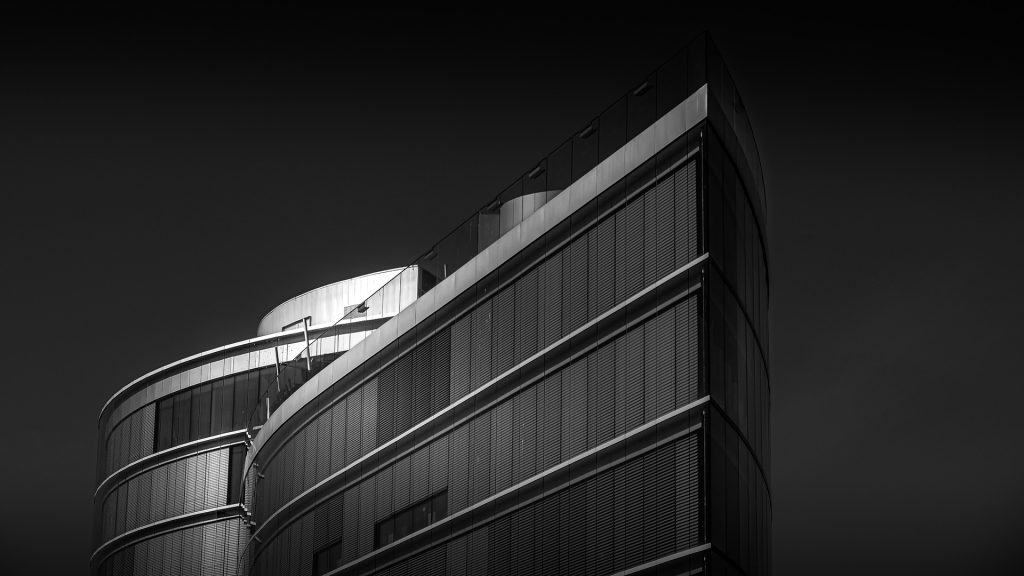
Create impact in landscape photography:
- Introduction
- Why would you want to create more impact?
- 1. Tools and techniques to make impact
- 2. Enhancing the subject of the photo
- 3. Lead the eye of the viewer
- Conclusion
Introduction about creating impact in landscape photography
When you grab your camera and take a picture of a particular scene, this is probably because of the subject that drew your attention. In some cases, it might have been a building, a rock, or a tree. But it can also be a feeling when you see the light in a scene and how this “works” with your subject.
Usually, one needs a subject that is the main object of the photograph. When I talk about creating impact, I mean the techniques that could help you enhance the subject and attract even more of the viewer’s attention as a photographer. Some of these techniques already start when taking the picture, and when you consider the composition of the scene, some methods will be used in post-processing to enhance what you felt or saw in the field. I will guide you through some of these techniques in this blog. These techniques will work in colour and black-and-white photography
It’s relatively easy to master the basics of the camera, but those aren’t what make our photographs more compelling or captivating. Of course, we all want a decently sharp photo with the correct exposure. But it’s not buttons and dials that make images that cause your viewers to react.
People react to things in a photograph, such as our decisions about what goes where, which moments we choose, and how the elements within a scene relate. In other words, composition and emotion.
Why would you want to create more impact?
A beautiful landscape and a good and expensive camera do not automatically mean a good photograph. Making a good photo seems like an art, but making a good composition is a gift one can develop. A few tricks can get you started and make taking pictures more impactful, but rest assured, it all starts with a good composition.
When you can attract the eye of the viewer to your subject, the photo will probably be much more appreciated. Have a look at the following two photographs:
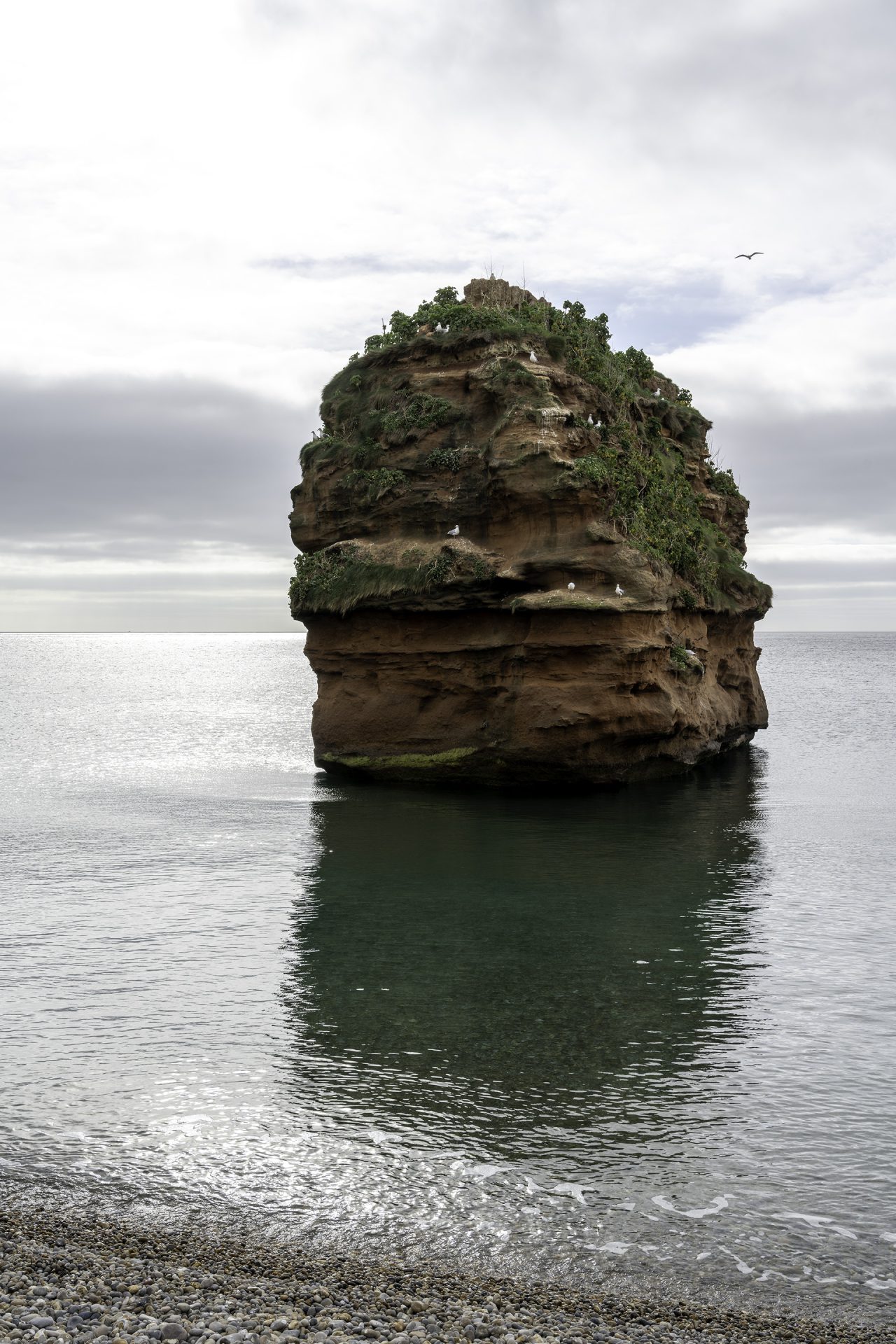
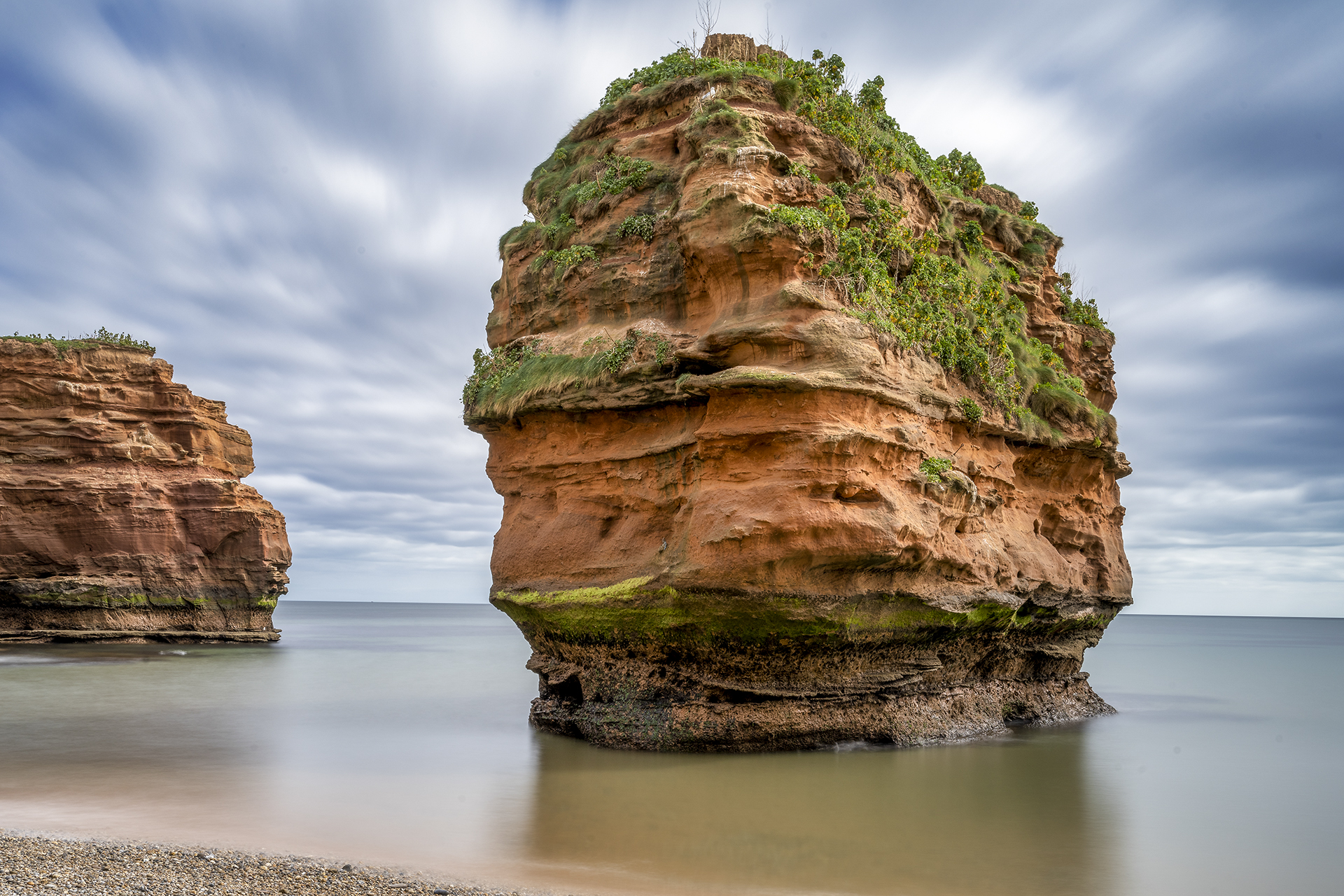
Tools and techniques to create impact
1. Removing distractions
We should remove any element or feature that distracts from the central theme. To achieve that, we can use several techniques either during shooting or later while processing the image.
Composition
Study the scene and choose the best point of view to separate the main subject from other elements in the frame. Finding the right spot may be simply walking around the location for a few minutes. Look at your landscape from all possible viewpoints, move left, right, up, or down and try using different elements in the foreground. If necessary, take a few test shots until you are happy with your angle and frame.
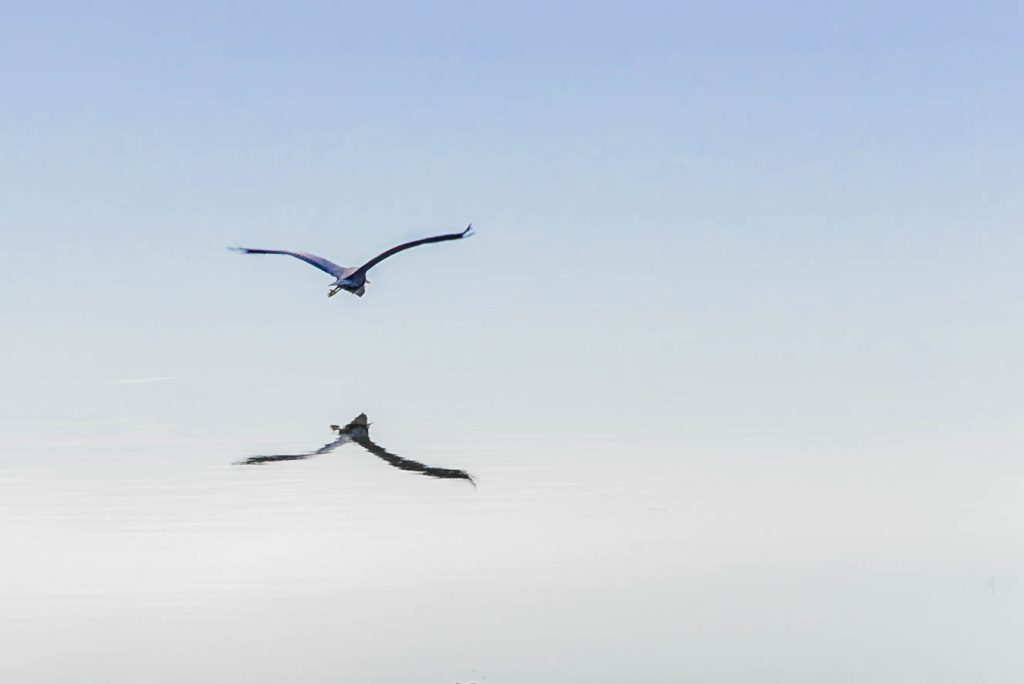
Technique.
A long exposure is especially beneficial for removing details from the sky or the water, as is the case with the following image.
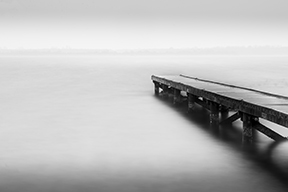
Editing.
Hiding distracting elements during editing can be achieved by physically removing or blending them with the background.
2. Contrast and Luminance.
You probably know that the brighter areas in a photo always draw the viewer’s eye. Zones of heavy contrast do the same. This fact also means we can influence the viewer to look at a particular photo zone by creating a tonal difference (luminance) between the subject and the background.
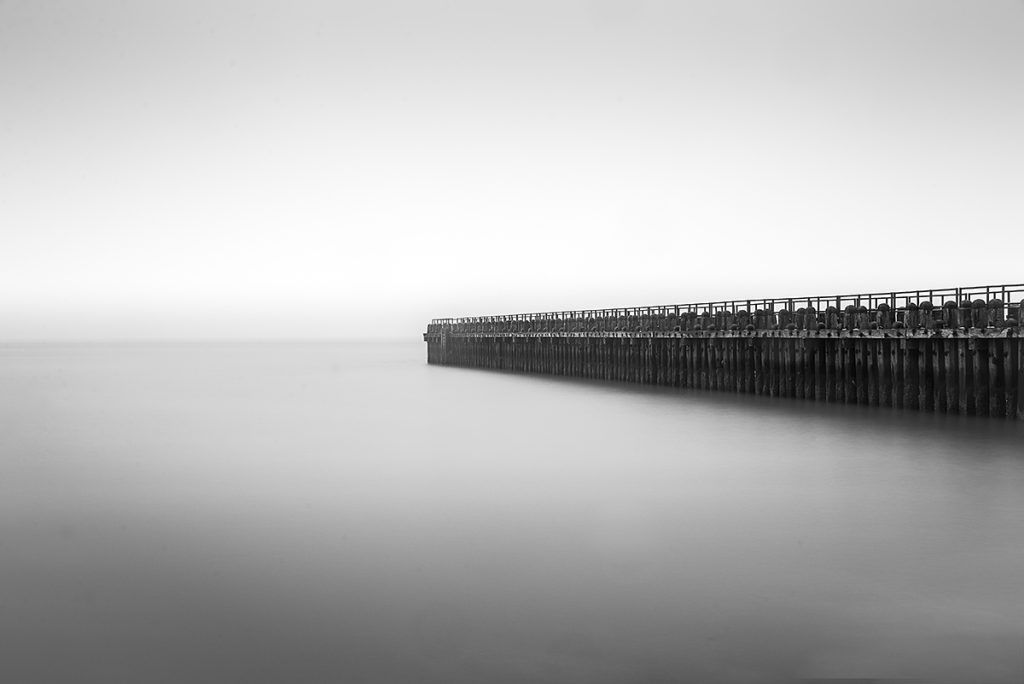
(Guy, 2019)
Defining the edges to create impact in landscape photography.
What I mean here is that increasing the contrast between the edges of the subject and its background can improve its impact on the frame. Depending on the photo, you can do this in two ways: by differentiating the luminance or by introducing other types of contrast—colour contrast, sharp/soft, etc.
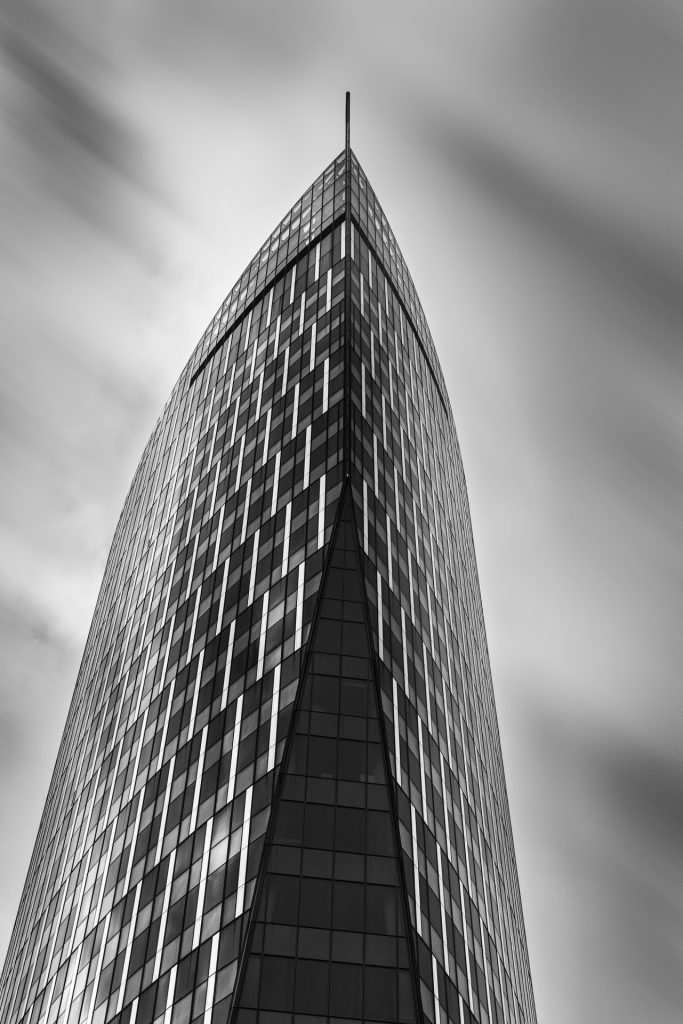
Enhancing the subject of the photo
One can use different shooting or processing techniques to increase the visual impact of the main subject in the photo.
I am creating texture.
Texture refers to differences in tonality. One way to increase a subject’s texture is to use different tools during post-processing. Another way is to use the proper light when taking the picture. When the light strikes a subject from aside, the texture or relief of a subject, a building, or a landscape will become more visible and apparent.
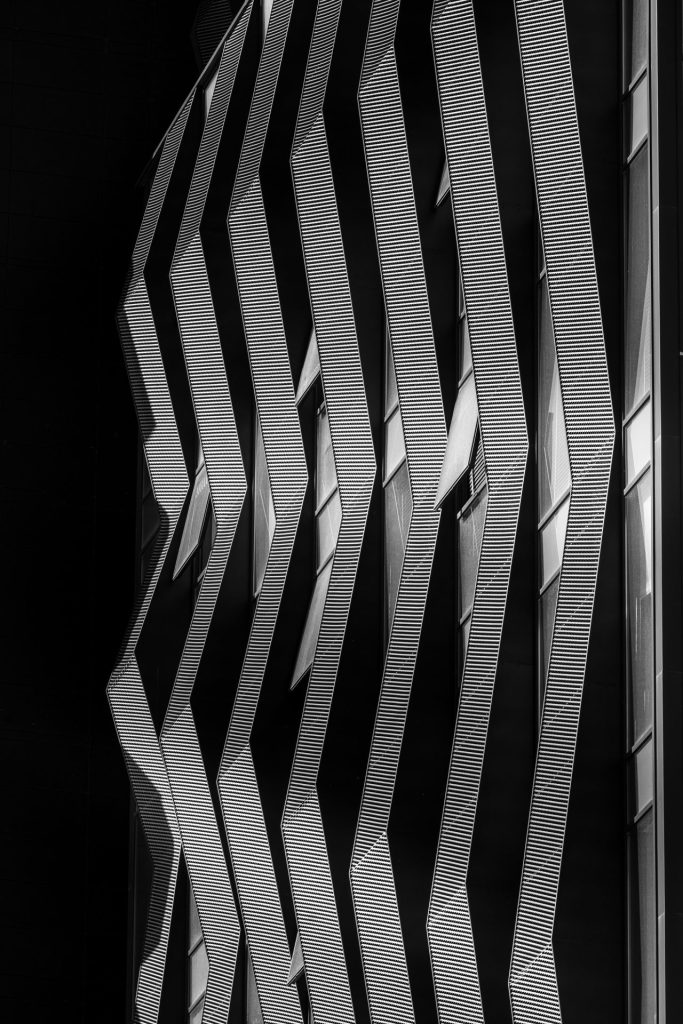
Creating highlights and contrast
By creating solid highlights and contrast areas on the surface of our subject, you will increase its presence and draw the eye to areas of stronger contrast.
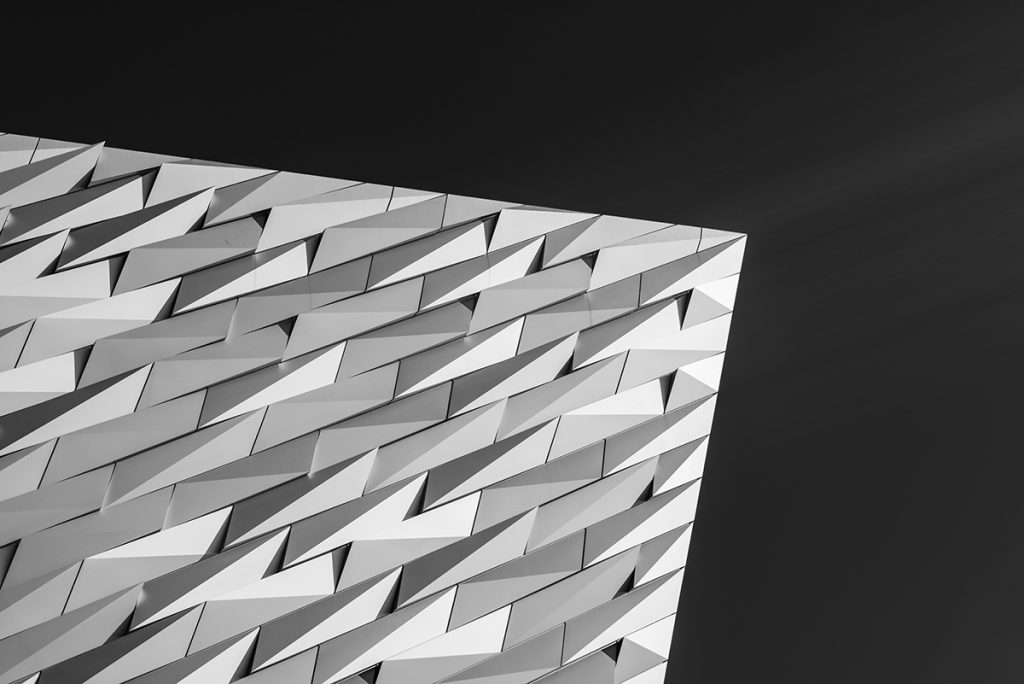
3. Lead the eye of the viewer
In addition to brighter areas of tonal differences, more techniques will lead the viewer’s eye to the subject to accentuate it. These can include vignetting, internal frame, and leading lines.
Vignetting
Vignettes can be used in different ways, but usually, one reduces the image’s brightness at its edges compared to its centre. This gives you an image that is clear in the centre and fades out at the edges. However, in historical portraits, you often see the opposite, with whiter or lighter edges.
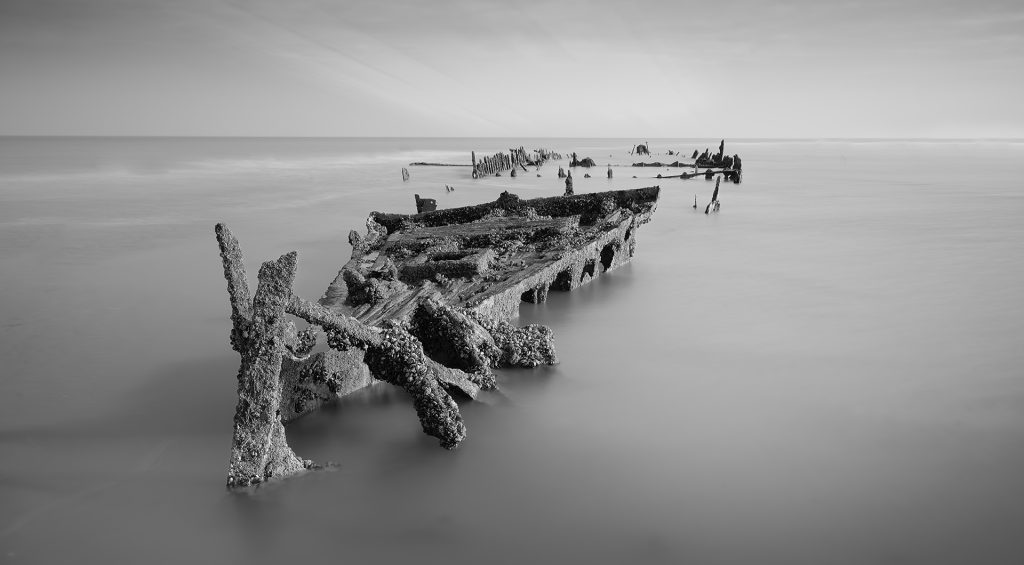
Internal Framing
“Framing” with, for example, trees, bridges, arches, gates, etc., creates a “see-through effect” that can help draw attention to the focal point of your landscape image. This is also a perfect way to create impressive photos. It also helps to place the picture in a particular context, as it tells that the image is part of, for example, a historical context, natural environment, etc. In addition, the additional depth gives and, like introductory lines, guides the eye to the main focus point.
The edges or frames around the photo will determine what will or will not fit and how the elements in the frame relate to each other.
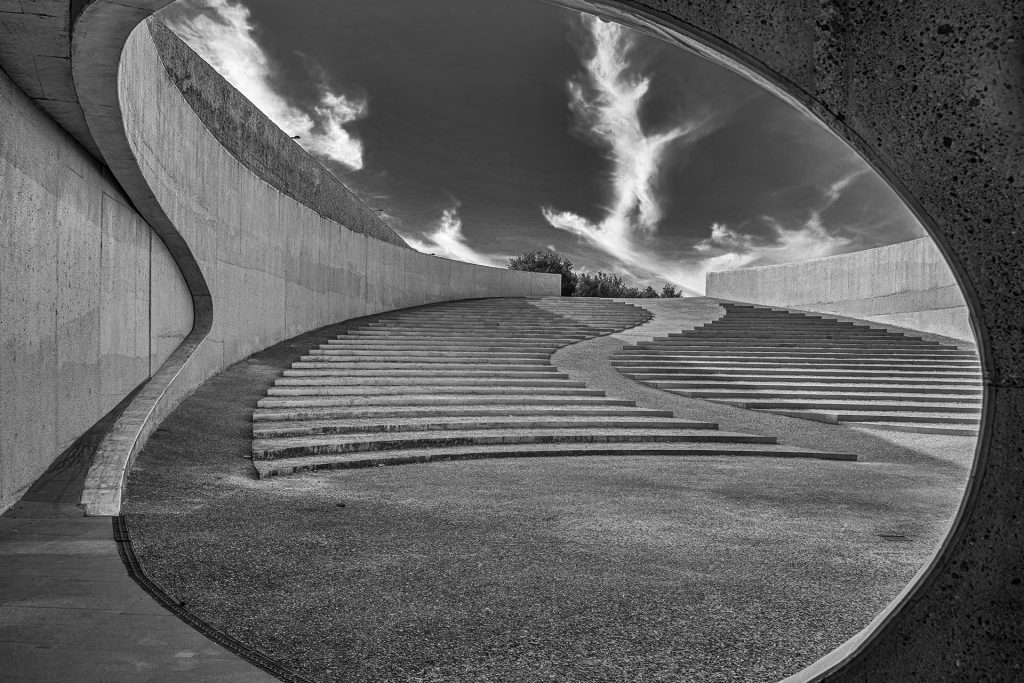
Leading lines.
The best-known way to draw the eye is by using leading lines. Leading lines will help you to obtain more powerful and dynamic images. The lead-in lines in several landscapes will lead the eye to the point of interest and add to the perspective. These lead-in lines include streams, paths, rocks, hedges, darker pave stones, shadow lines, etc. The lead-in lines can go straight to the point of focus or meander in an S-shape like a snake. In my opinion, this will work best when working with a longer lens to compress the image.
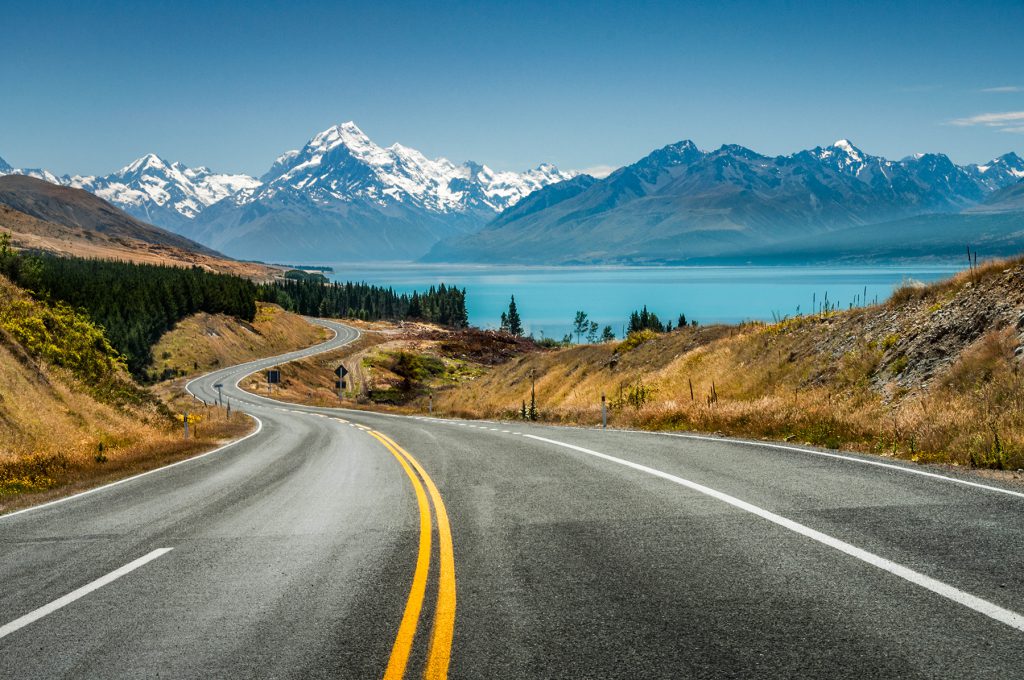
Conclusion about creating impact in landscape photography
A successful picture that makes an impact will only develop when you make the subject exciting and draw your viewer’s eye to it.
I hope that this article will inspire you to experiment with different methods. I am convinced that adding these techniques to your workflow will make your images more impactful and noticeable.
I also invite you to browse through the texts of my other blogs to find even more inspiration or detail.
Leave a reply